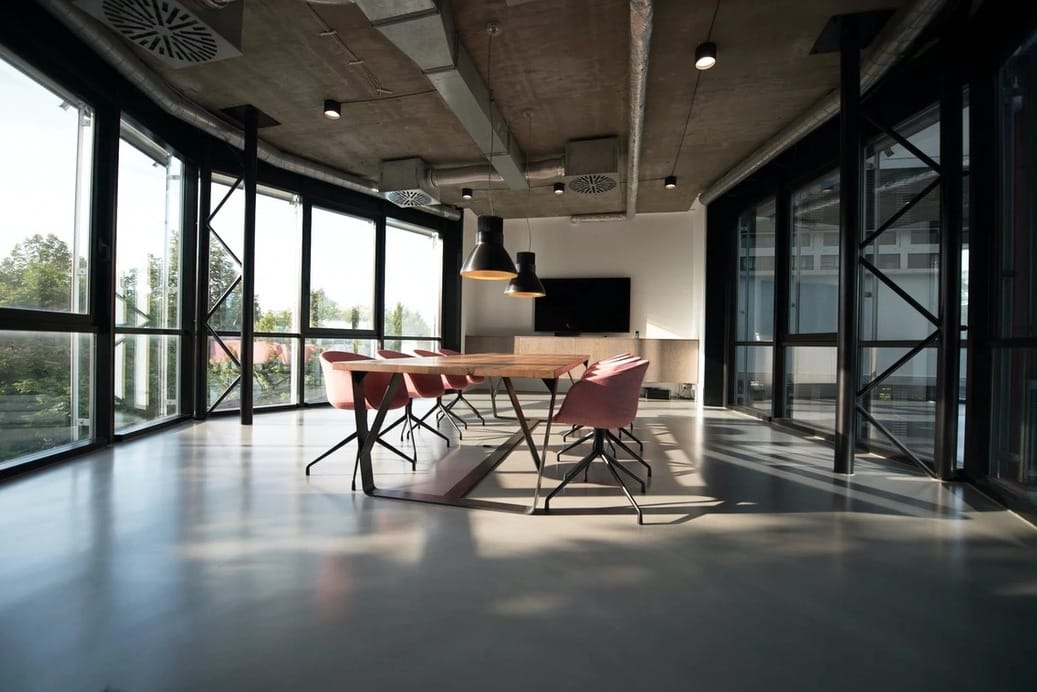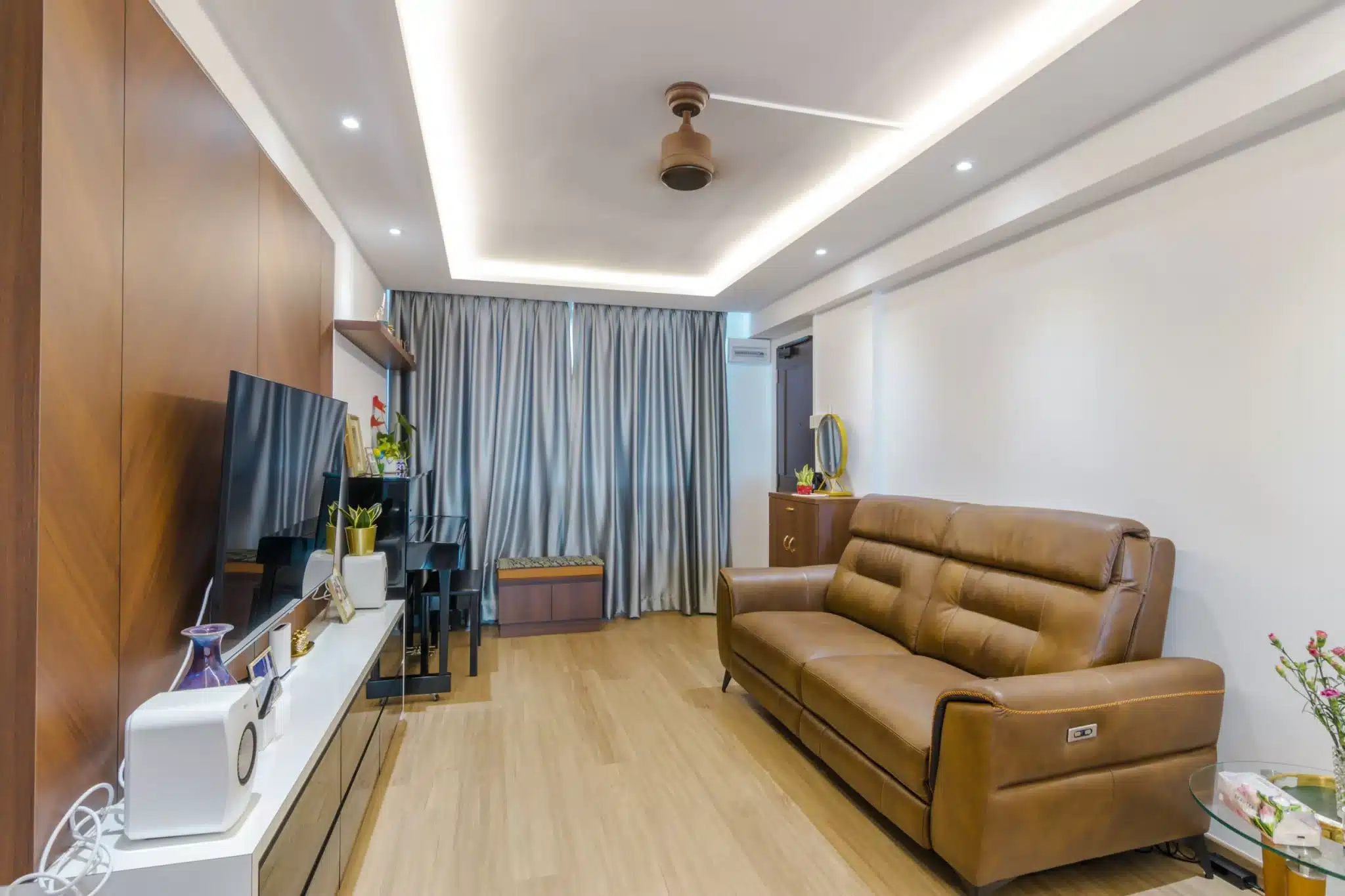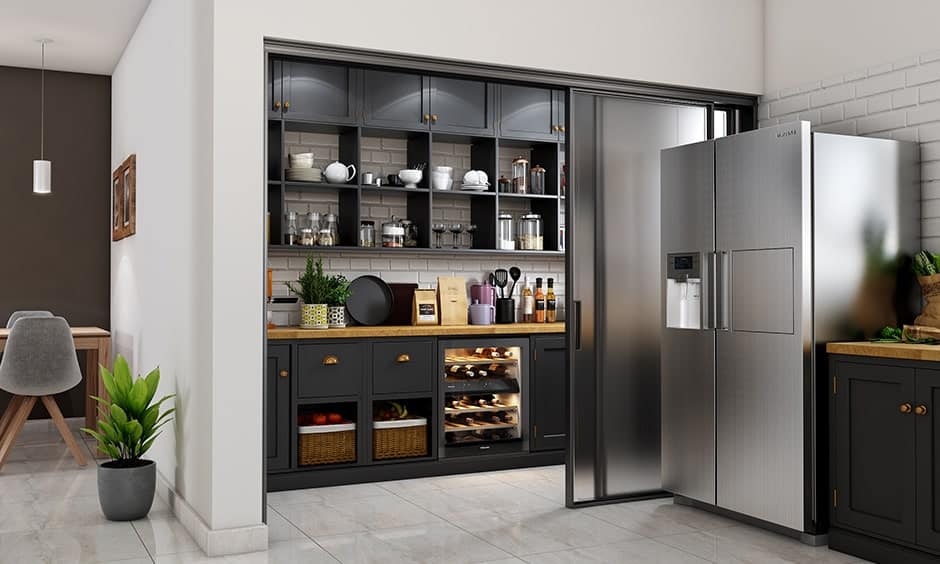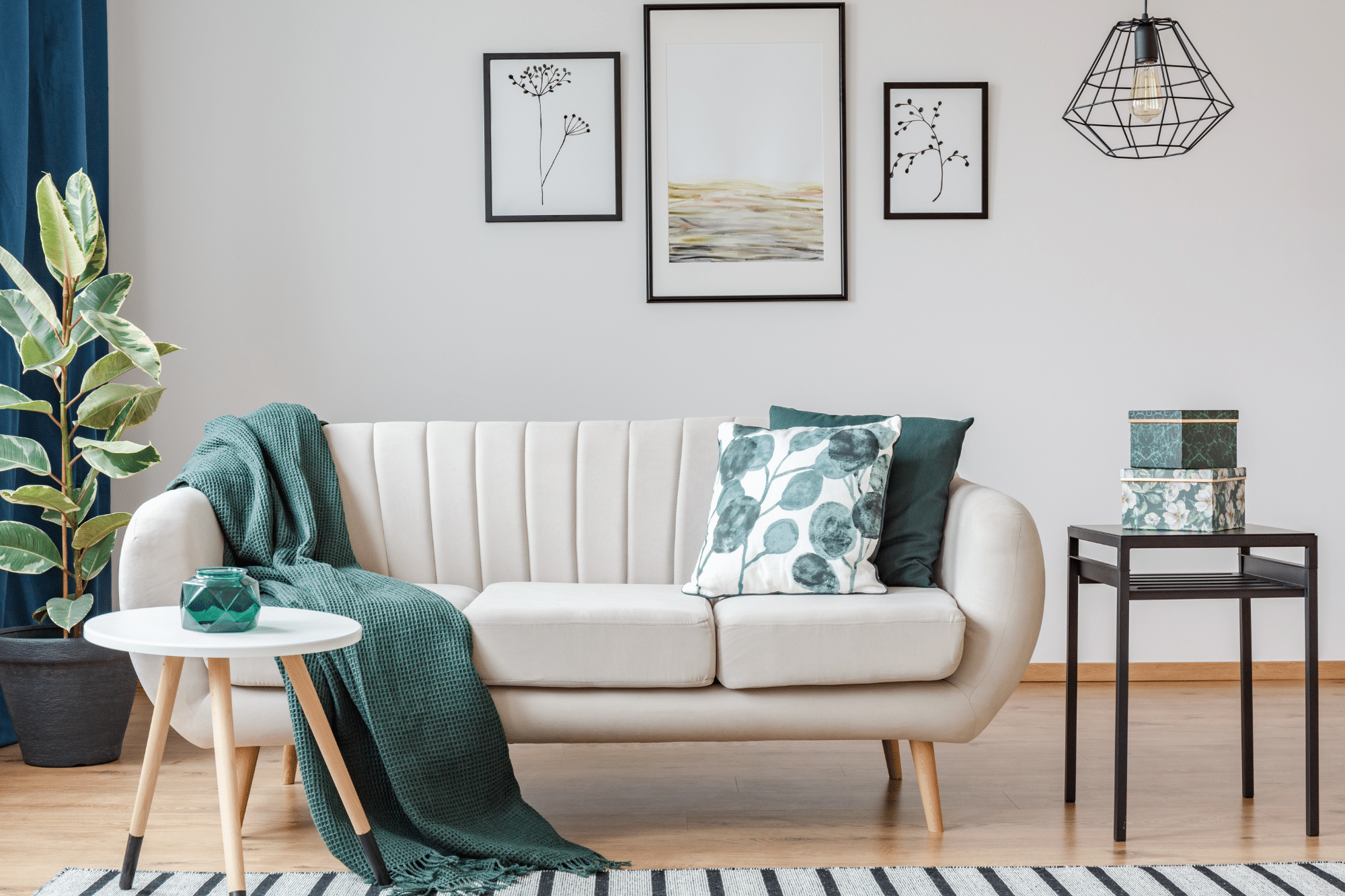Maximizing Space and Style in Commercial Spaces
Tenant improvements in commercial spaces play a pivotal role in establishing a functional and visually appealing environment. These enhancements are not just about aesthetic upgrades but also about practical modifications that cater to the specific needs of the business occupying the space.
For landlords, these improvements can significantly increase the value and appeal of their property, making it more attractive to potential tenants. Similarly, for tenants, a well-designed space tailored to their requirements can improve employee productivity and customer satisfaction. This symbiotic benefit is crucial in the commercial real estate market, where the competition for quality tenants is fierce.
This article delves into various innovative ideas that can be utilized to maximize both space and style in commercial renovations. By exploring cutting-edge design trends and efficient space utilization techniques, businesses can create an environment that not only looks modern and welcoming but also functions efficiently.
Techniques such as open-plan layouts, smart storage solutions, and the incorporation of technology can transform a conventional space into a dynamic and adaptable work environment. These ideas are not just about following trends; they are about creating a space that resonates with the brand identity and operational needs of the business.
The importance of top-quality commercial renovations by Trinity Homes cannot be overstated in this context. Trinity Homes brings a level of expertise and attention to detail that is essential for successful tenant improvements.
Their experience in the field ensures that renovations are not only aesthetically pleasing but also practical and sustainable. They understand the unique challenges and opportunities that commercial spaces present and offer customized solutions that align with the specific goals of both landlords and tenants.
Understanding Tenant Improvement
Tenant improvement ideas are key in transforming commercial spaces to suit specific operational needs. These changes can range from minor renovations to complete overhauls, depending on the requirements of the business. By investing in tenant improvements, landlords and tenants alike can benefit from increased property value and enhanced workspace functionality.
The Concept and Its Importance
Tenant improvements involve modifying a rented commercial space to better fit the tenant’s needs. This could include structural changes, upgrades to fixtures, or aesthetic enhancements. These improvements are crucial as they can significantly impact the productivity and morale of employees, as well as the impression made on clients and visitors.
Benefits for Landlords and Tenants
From a landlord’s perspective, tenant improvements can make a property more attractive to prospective renters, potentially leading to higher rental income and lower vacancy rates. For tenants, a well-designed space tailored to their specific needs can lead to increased efficiency, employee satisfaction, and a stronger brand image.
The Mutual Advantages
The synergy created through tenant improvement ideas benefits both parties. Landlords enjoy a more valuable and marketable property, while tenants get a space that resonates with their brand and operational needs. This mutual benefit makes tenant improvements a popular and wise investment in the commercial real estate sector.
Assessing Space Needs
Evaluating the current usage of a commercial space is the first step in any tenant improvement project. This assessment is crucial in identifying areas that require enhancement and ensuring that every inch of the space is utilized effectively.
Current Space Usage Analysis
Analyzing how current space is used helps in identifying inefficiencies and underutilized areas. This analysis can reveal the need for additional storage, more efficient layouts, or updated facilities, guiding the tenant improvement process.
Identifying Improvement Opportunities
Once the space usage is understood, identifying specific improvement opportunities becomes easier. This could mean reconfiguring layouts for better workflow, adding partitions for privacy, or updating decor for a more modern look. These changes are integral to maximizing both space and style.
Setting Improvement Goals
With a clear understanding of the space and its deficiencies, setting specific goals for the tenant improvement project is crucial. Goals could range from increasing natural light to improving employee interaction spaces, each contributing to a more efficient and pleasant work environment.
Designing for Efficiency
Designing a commercial space for efficiency is at the heart of tenant improvement ideas. Efficient design not only maximizes the use of space but also enhances the overall functionality and appeal of the area.
Space-Saving Design Concepts
Space-saving designs, such as open floor plans, modular furniture, and multipurpose areas, are vital in making the most out of limited space. These designs provide flexibility, allowing the space to adapt to various needs and functions over time.
Implementing Flexible Layouts
Flexible layouts are key in today’s dynamic business environment. They allow for easy reconfiguration to accommodate different team sizes, functions, and privacy requirements. This adaptability is essential for businesses that anticipate growth or changes in their operations.
Efficiency through Design
Efficiency in design goes beyond spatial considerations; it also involves the selection of materials, color schemes, and lighting that foster a productive work environment. The right design choices can make a significant difference in the functionality and atmosphere of a space.
Incorporating Style and Branding
Incorporating style and branding into tenant improvement ideas is crucial for creating a space that not only functions well but also resonates with the company’s identity. A well-branded space can reinforce company values and leave a lasting impression on clients and employees.
Importance of Aesthetic Appeal
The aesthetic appeal of a commercial space is vital in creating a welcoming and professional environment. A visually appealing space can enhance the mood and productivity of employees, as well as make a positive impression on clients and visitors.
Aligning Design with Brand Identity
Aligning the design of a commercial space with the company’s brand identity is a key aspect of tenant improvements. This involves choosing color schemes, decor, and layouts that reflect the company’s culture, values, and image. A brand-consistent design can strengthen brand recognition and loyalty.
Creating a Unique Brand Experience
A unique brand experience can be created through customized design elements that tell the company’s story and showcase its uniqueness. This might include custom artwork, unique furniture pieces, or innovative use of company colors and logos. Such elements can turn a commercial space into a true reflection of the brand.
Sustainable and Eco-Friendly Improvements
Sustainable and eco-friendly improvements are increasingly becoming a priority in commercial space renovations. These improvements not only contribute to environmental conservation but also can lead to cost savings in the long run.
Green Building Materials
Using green building materials like recycled glass, bamboo, and low-VOC paints is an effective way to make tenant improvements more sustainable. These materials are not only environmentally friendly but also contribute to healthier indoor air quality.
Energy-Efficient Upgrades
Energy-efficient upgrades, such as LED lighting, programmable thermostats, and energy-efficient appliances, can significantly reduce the energy consumption of a commercial space. These upgrades are not only good for the environment but also reduce utility costs.
Eco-Friendly Practices
Adopting eco-friendly practices like waste reduction, recycling, and water conservation can further enhance the sustainability of a commercial space. These practices demonstrate a commitment to environmental stewardship and can positively influence the company’s public image.
Technology Integration
Integrating technology into tenant improvement ideas is essential in modernizing commercial spaces. Smart technology can enhance the functionality, security, and efficiency of a space, making it more adaptable to the evolving needs of businesses.
Smart Building Solutions
Incorporating smart building solutions like automated lighting systems, climate control, and advanced security systems can significantly improve the convenience and efficiency of a commercial space. These technologies can be controlled remotely, providing greater flexibility and control.
Enhancing Connectivity and Automation
Connectivity and automation are key aspects of modern commercial spaces. High-speed internet, wireless charging stations, and automated systems for lighting and climate control can greatly enhance the functionality and user experience of a space.
Tech-Forward Commercial Spaces
Creating a tech-forward commercial space involves more than just adding gadgets; it involves integrating technology seamlessly into the design to support day-to-day operations. This might include conference rooms with advanced audio-visual systems or communal areas with interactive displays.
Lighting and Acoustics
Lighting and acoustics play a significant role in the functionality and ambiance of a commercial space. Innovative solutions in these areas can enhance both the aesthetic appeal and the productivity of the workspace.
Impact on Productivity and Ambiance
Good lighting can improve the mood and productivity of employees, while effective sound insulation can reduce distractions and create a more conducive work environment. The right balance of lighting and acoustics can transform a space into a pleasant and efficient workplace.
Innovative Lighting Solutions
Innovative lighting solutions like adjustable LED lighting, natural light incorporation, and task lighting can greatly enhance the functionality and appeal of a space. These solutions can be tailored to different areas of the space, depending on their specific needs.
Sound Insulation and Acoustic Design
Effective sound insulation and acoustic design are crucial in creating a comfortable work environment, especially in open-plan offices. Materials like acoustic panels, sound-absorbing flooring, and strategic layout design can significantly reduce noise levels and improve communication.
Furniture and Decor
Choosing the right furniture and decor is a crucial aspect of tenant improvements. Functional, stylish, and versatile furniture can greatly enhance the look and feel of a commercial space.
Functional and Stylish Furniture Selection
Selecting furniture that is both functional and aesthetically pleasing is essential. Ergonomic office chairs, adjustable desks, and stylish lounge seating can make a significant difference in the comfort and productivity of employees.
Customizable and Multipurpose Furniture
Customizable and multipurpose furniture offers flexibility and space efficiency. Items like modular seating, foldable tables, and convertible storage units can adapt to various needs and functions, making them ideal for dynamic commercial spaces.
Decor that Enhances the Space
The decor of a commercial space should complement its overall design and function. Artwork, plants, and decorative elements can add personality and warmth to the space, making it more inviting and pleasant for employees and visitors.
Collaborative and Private Spaces
Creating a balance between collaborative and private spaces is essential in modern office design. This balance ensures that employees have spaces for teamwork and communication, as well as areas for focused, individual work.
Designing for Collaboration
Designing spaces for collaboration involves creating open, flexible areas that encourage teamwork and interaction. These spaces might include communal tables, lounge areas, or meeting rooms equipped with collaborative technology.
Ensuring Privacy and Focus
While collaborative spaces are important, private areas are equally crucial for tasks that require focus and concentration. Small private pods, soundproof meeting rooms, or quiet zones can provide employees with the necessary environment for individual work.
Balancing Open and Private Areas
Achieving the right balance between open and private areas is key to a productive and comfortable work environment. This balance can be attained through thoughtful layout design, flexible furniture arrangements, and the use of partitions or acoustic barriers.







